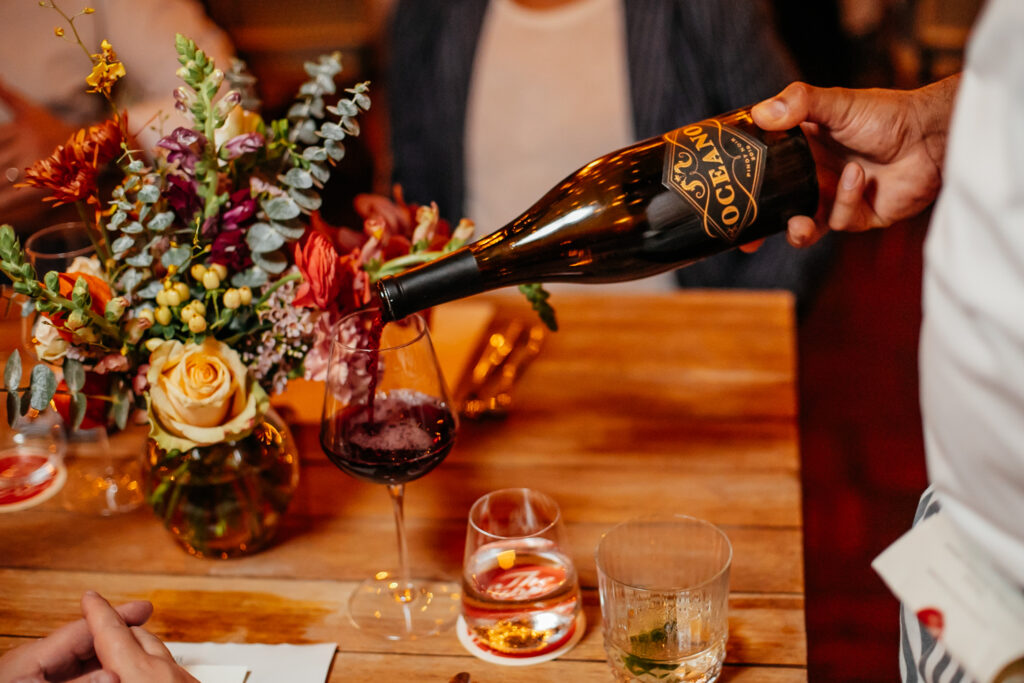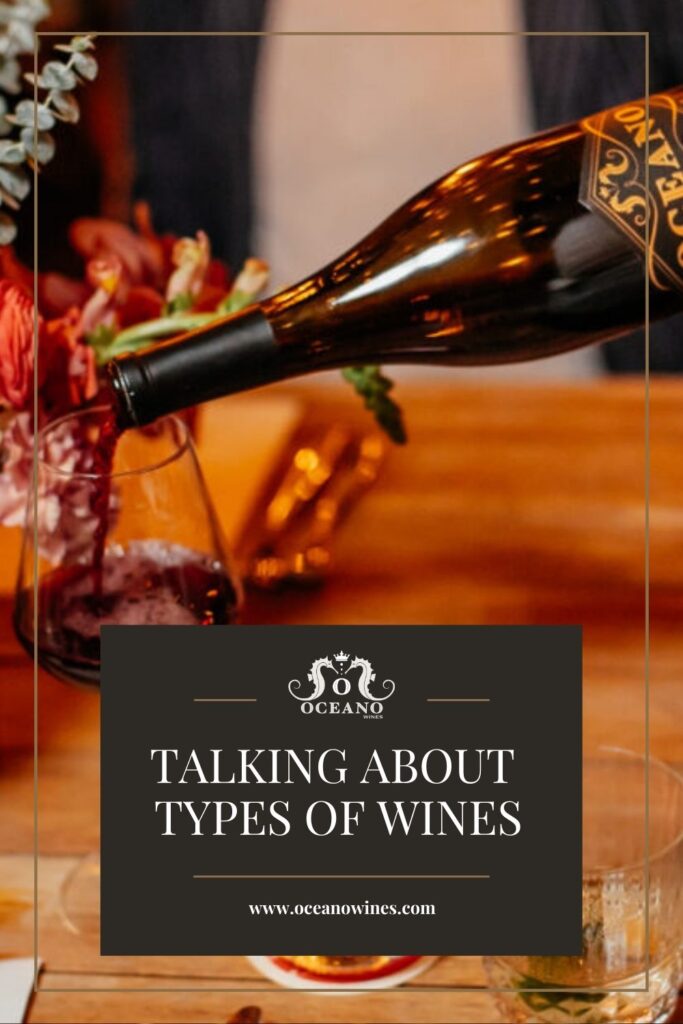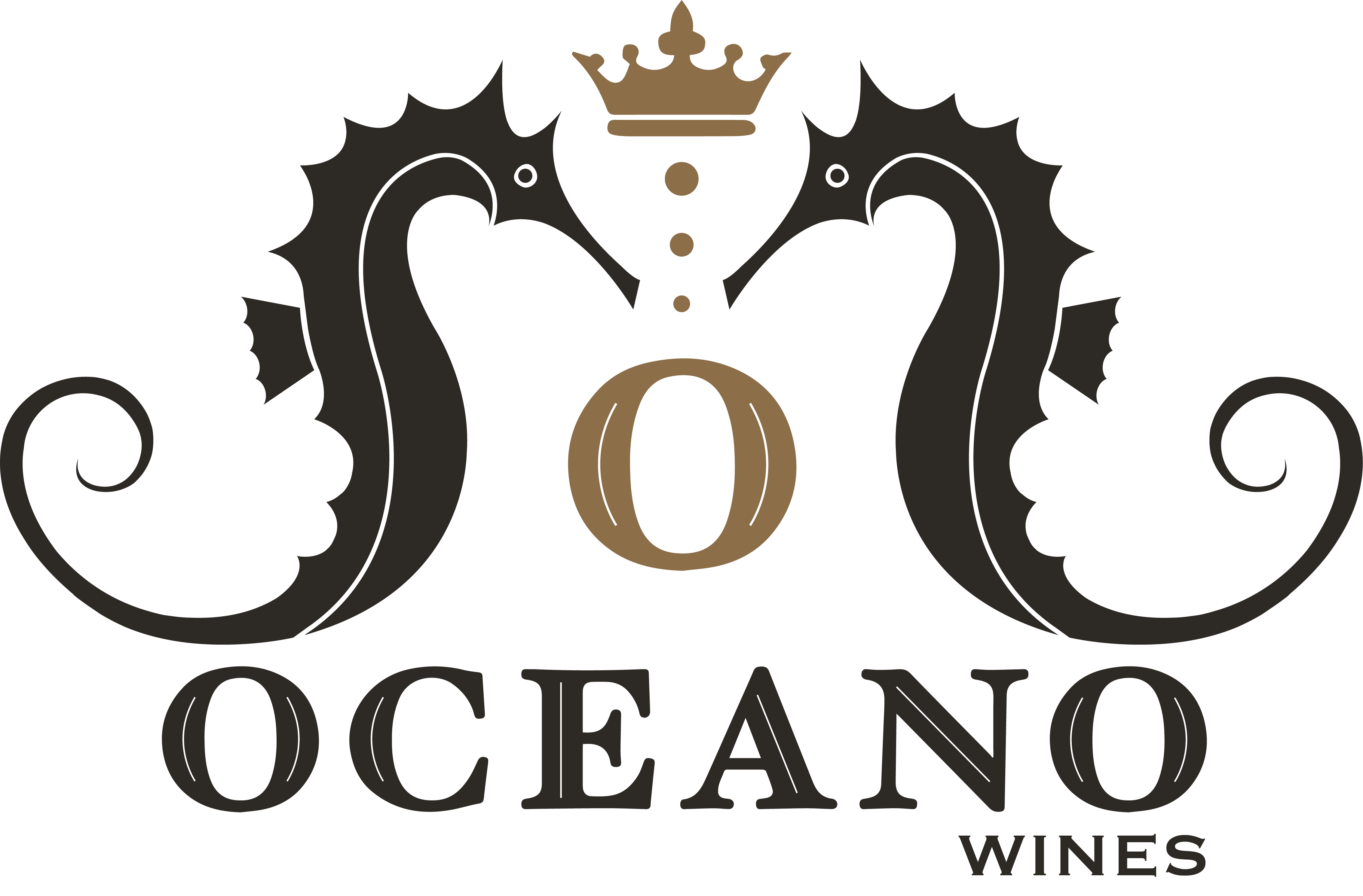Whether you have been drinking wine for years or just got invited to a party and want to find the perfect types of wines to wow your host, it can be daunting to try to talk about wine with authority and confidence. It can often feel like there’s a whole separate language you have to learn just to be able to buy the right bottle or make a choice at dinner.
Commonly Used Terms
We want to help you get started with some of the most commonly used terms so you can feel more comfortable the next time you read a wine label, go into a wine store, or have to choose from a wine list at dinner.
Among the first things to understand is where a wine comes from and what you need to know about its origin and production.
A vineyard is where the grapes for the wine are grown. The soil, geography, and climate of the vineyard, also known as the terroir, will have a great effect on the attributes of the wine. The vintage of the wine is when the grapes for the wine were harvested.
A winery is where the wine is made. These are sometimes, but not always, located on the same grounds as the vineyard, Single vineyard wine means that all the grapes for the wine were grown on one site, but, not necessarily that the wine was made there. When the wine is produced and bottled on the same grounds where the grapes were grown, that is estate-bottled wine.
Most people understand there is an aging process for wine, but, there are two ways the wine ages – in the barrel and in the bottle.
Barrel aging is when the wine ages in either wooden or steel barrels between fermentation and bottling. The different types of barrels (such as French, American or Hungarian oak) will have different effects on the wine and make the wine taste differently. This will be evident in the aromas associated with the wine as well.
Bottle aging is when the wine ages in the bottle, whether it’s at a winery, in the store, or in your home. People with just a passing knowledge of wine may believe that the longer a wine ages, the better. But this is not always true. Different wines need to age for different amounts of time – and many wines are meant to be drunk right after bottling, while they are still young.
Bottle aging is also where the cork comes in. A cork is porous, so when a wine is meant to age in the bottle, the cork acts as a closure and protects it, but also let in tiny amounts of air to help the wine age slowly. When a wine isn’t meant to bottle age, a screw top is perfectly acceptable as a closure for the bottle.

Now that you understand where wine is coming from, it’s time to learn about the factors that go into choosing a glass or bottle.
Whether you are shopping in a store or choosing from a list, there are experts to help you. In a wine store, there is sure to be someone who is an expert on all the wines available. And in a restaurant, a trained and certified sommelier’s job is to help you choose the right wines. Here are some of the things to think about, and talk about, to help you zero in on the perfect wine.
The first things you’ll talk about are the type of wine (red, white, sparkling, rose) and the price range you are considering. These factors will go a long way toward narrowing down the vast array of options available.
When you’re shopping for a bottle to take to an event, the type of event will influence the wine you should bring. Tell the person who’s helping you if you’re looking for a food wine (to be enjoyed with food) or a
cocktail wine (wine that you choose based on its characteristics independent of pairing considerations). The details of whether it’s a sit-down meal or a party with an array of appetizers can also affect your choices. At a restaurant, tell the sommelier what you and your companions are ordering for your meal.
Here’s How to Make the Perfect Choice:
Do you like your wine sweet or dry? The drier the wine, the longer the fermentation process and the less remaining sugar there is. Sweeter wines are fermented for less time and retain more sugar.
What level of acidity do you prefer? High acidity may translate into tartness, while lower-acid wines will be softer.
What body weight are you looking for in your wine? The general range is light body to full body and represents a level of concentration, viscosity and tannins. Fuller-bodied wines have a higher use of oak, more tannins, and higher alcohol.
How much alcohol do you want your wine to have? The is a broad range of alcohol levels in wine from 8% to 18% or higher ABV (alcohol by volume). This can be an important factor for both flavor reasons and considerations such as needing to drive home after dinner or a party.
Other Must-Know Wine Terminology
Here are some other terms to help you feel, and sound, knowledgeable as you talk about what you like in your wine:
Bright: wine higher in acid, lower in body, and lower in alcohol
Citrusy: usually found in Vermentino, Chardonnay, Sauvignon Blanc, Pinot Noir
Earthy: tastes more like the forest
Firm: tactile tannins found in young wines
Fruity: tastes mostly of fruit
Herbal: the taste of fresh or dried herbs (like thyme, rosemary, oregano)
Hot: refers to alcohol burn when the wine is out of balance, causing the alcohol to stand out
Minerality: Can you taste minerals? Can you smell wet stones or oyster shells?
Opulent or Rich: can be sweet combined with high levels of alcohol
Pithy: the pith of citrus fruit, a pleasant bitter note
Refreshing: Typically lower alcohol wines with pronounced acidity and low tannins
Rich: wine high in alcohol, tannin, body, and sweetness
Silky: mild integrated tannins are present
Sulfites: sulfites are naturally occurring in wine, but additional sulfites can also be added to help preserve the wine from oxidation
Tropical fruit flavors: found in Chardonnay grown in a warm climate
Tannins: tannins are a tactile characteristic and are derived from the skins and seeds of the grapes
Before you drink – smell!
Whether it’s at the party when your host opens a bottle and pours you a glass, or at a restaurant when the sommelier is waiting for you to approve the bottle presented to you, it all comes down to the taste of the wine. But your sense of smell is even greater than your sense of taste and your first breaths of your wine can tell you if there is a problem.
Faults: The first thing you’ll notice is if something is wrong with the wine and you want to bring it back to the store or send it back to the restaurant. Some possible issues that you can smell:
If it smells like a swimming pool, it could have cork taint.
If it smells like sweaty leather or a horse stall it has Brettanomyces (or “Brett”).
If it smells like unripe fruit, it’s green.
If it smells like vinegar, nail polish or Easter egg dye it is high in volatile acidity.
If it smells like brown sugar, reduced like a sauce, or stewed tomatoes it has heat damage.
If it smells like vinegar and caramelized apple and has a brown color it has been oxidized (this happens with older wines and with by-the-glass wines at restaurants or leftover bottles at home that have been left open too long).
Moving Forward in Wine
As you get more comfortable with talking about and choosing wine, you’ll find additional ways to speak about it. You’ll also be able to expand your criteria. Maybe you’ll feel adventurous and choose an unfamiliar wine from a region you’ve visited – which will give you an additional topic to chat about at a party. You can also choose wines that relate to a television show you love or a book you’ve read as well. For example, you may choose a wine from Sicily and it can lead to a conversation about the amazing locales in season two of White Lotus. Taking a chance on something unknown like that may introduce you to your new favorite!
Intrigued and want to learn more? One great source to help you expand your wine knowledge is Wine Folly. James Beard award-winning author, Madeline Puckette, makes wine learning easy. She uses illustrations for visual learners and, not only does she break down wine regions and wine grapes, but she also unlocks the complexity of balance in the wine.

With a solid understanding of the types of wines and key factors that affect their taste, you can confidently explore the world of wine. Whether you prefer red wines with robust flavors or white wines with crisp notes, knowing about barrel aging and other aspects of production will help you make informed choices. Ready to experience the variety and quality Oceano offers? Visit our shop to find the perfect wine for any occasion.






